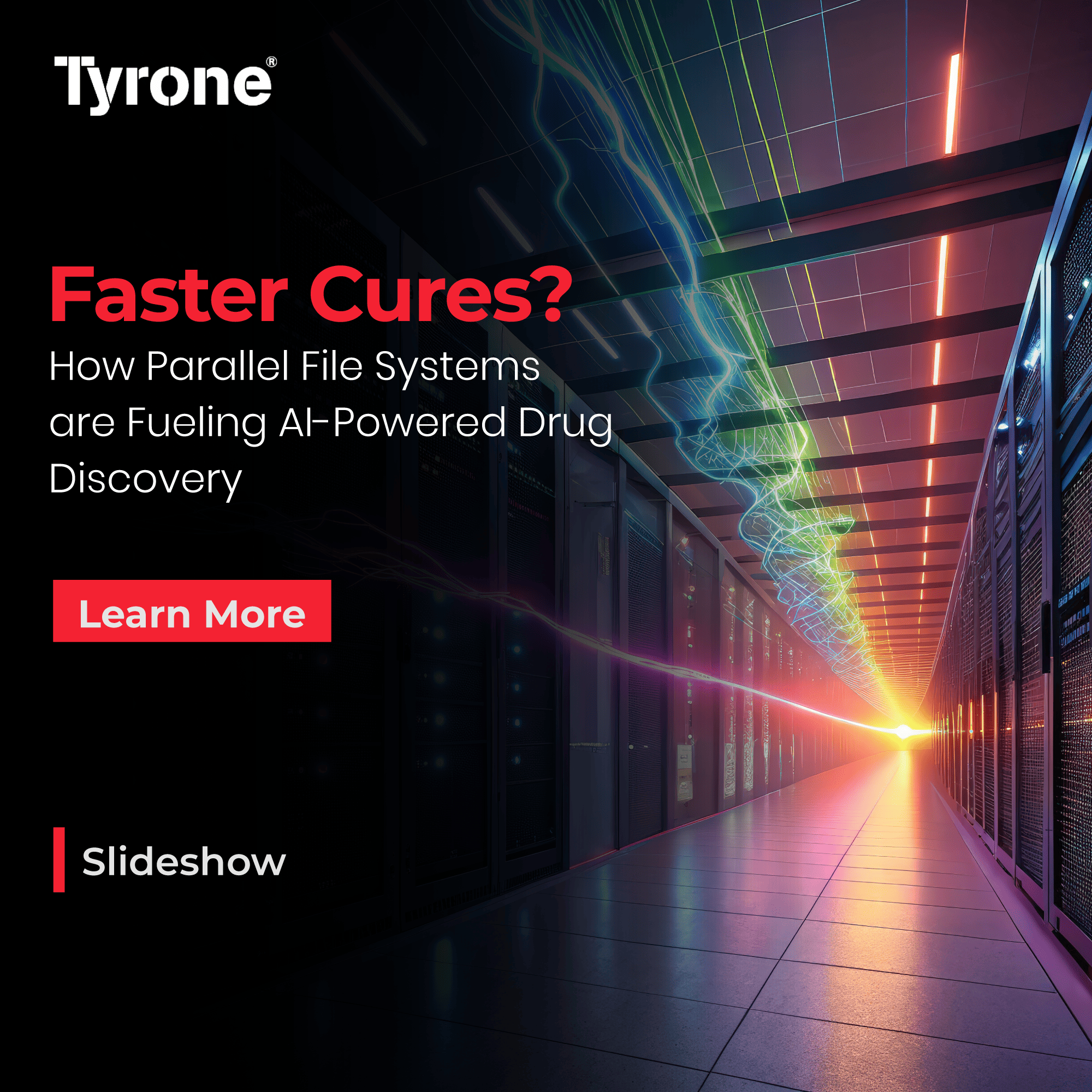The race to develop life-saving treatments is being transformed by AI—but even the most advanced algorithms can’t outpace sluggish data pipelines. As pharmaceutical researchers analyze billions of molecular interactions and process petabytes of genomic data, traditional storage systems crumble under the weight of simultaneous access from thousands of GPU nodes. Enter high-performance parallel file systems (PFS), the invisible accelerators behind breakthroughs like Pfizer’s AI-designed COVID antivirals and Moderna’s rapid mRNA iterations. These architectures enable researchers to:
- Screen 100M+ drug compounds in hours with seamless multi-GPU dataset access
- Process real-time cryo-EM imaging data at 50GB/s+ for instant protein structure analysis
- Federate secure global research collaborations without data transfer bottlenecks
From cancer research to rare disease breakthroughs, we explore how PFS solutions are cutting drug discovery timelines from years to months—proving that in the quest for cures, every millisecond of storage latency matters. The future of medicine isn’t just about smarter algorithms—it’s about building data highways fast enough to keep up with them.
Get in touch info@tyronesystems.com











